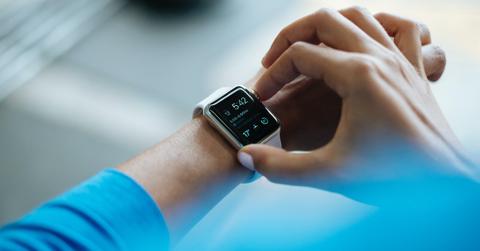
How to Monitor Your Health at Home: These Easy-to-Use Devices Are Essential for Keeping Track of Your Symptoms Whenever You’re Feeling Unwell
These easy-to-use devices help keep track of your symptoms whenever you're feeling unwell. Here's how to monitor your health at home.
Thermometer
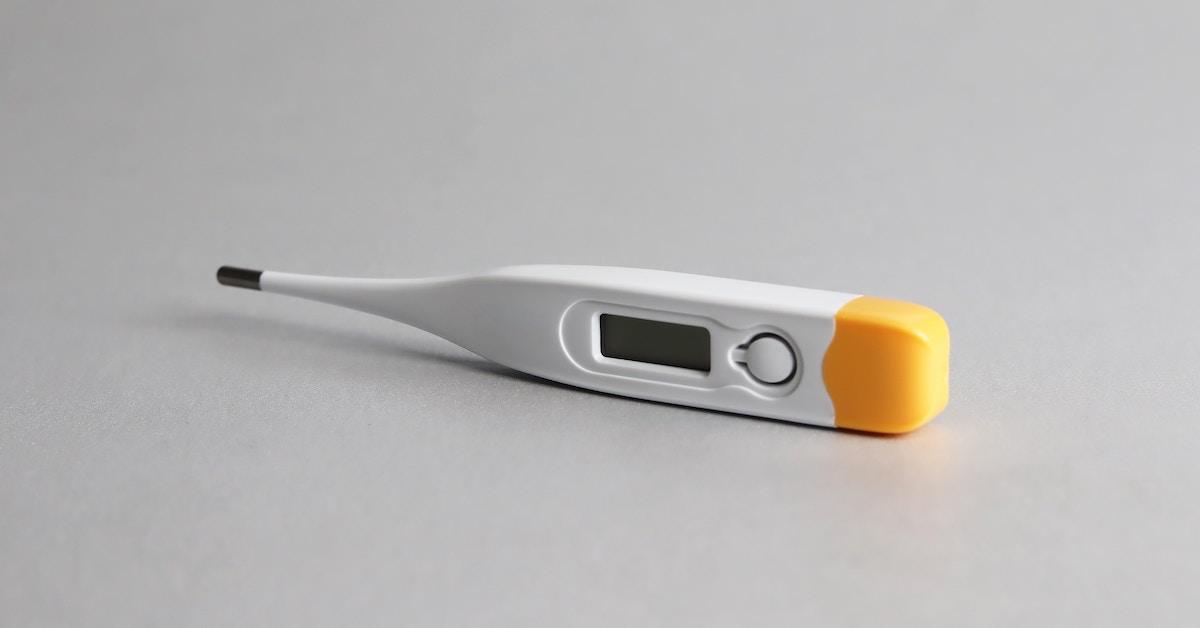
This basic device is necessary in every home, particularly in the winter months, when there's an uptick and fevers, colds and the flu. Typically, anything in the range of 97 to 99 degrees Fahrenheit is considered normal, and anything higher than 100.4 degrees is considered a fever.
Pulse oximeter
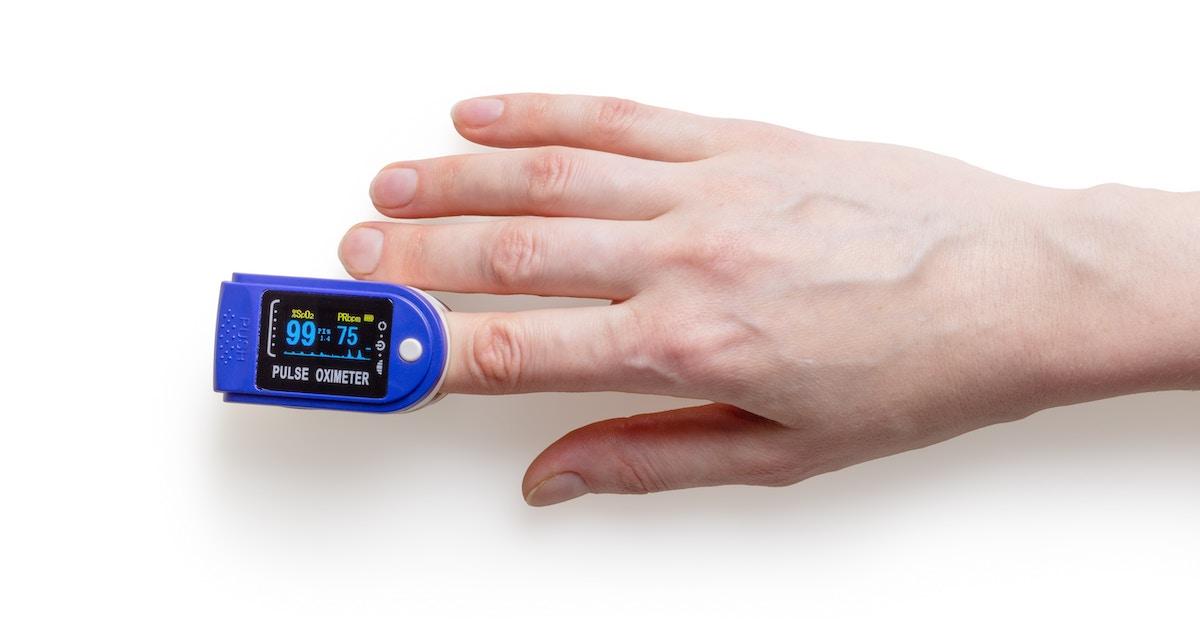
This gadget — which slips over your finger tip — detects the oxygen concentration in blood. When there's inadequate oxygen and blood, it causes hypoxemia, which may result in various symptoms, such as shortness of breath, headaches and confusion. Normal pulse oximeter readings usually range from 95 to 100 percent. Values under 90 percent are considered low.
Blood pressure monitor
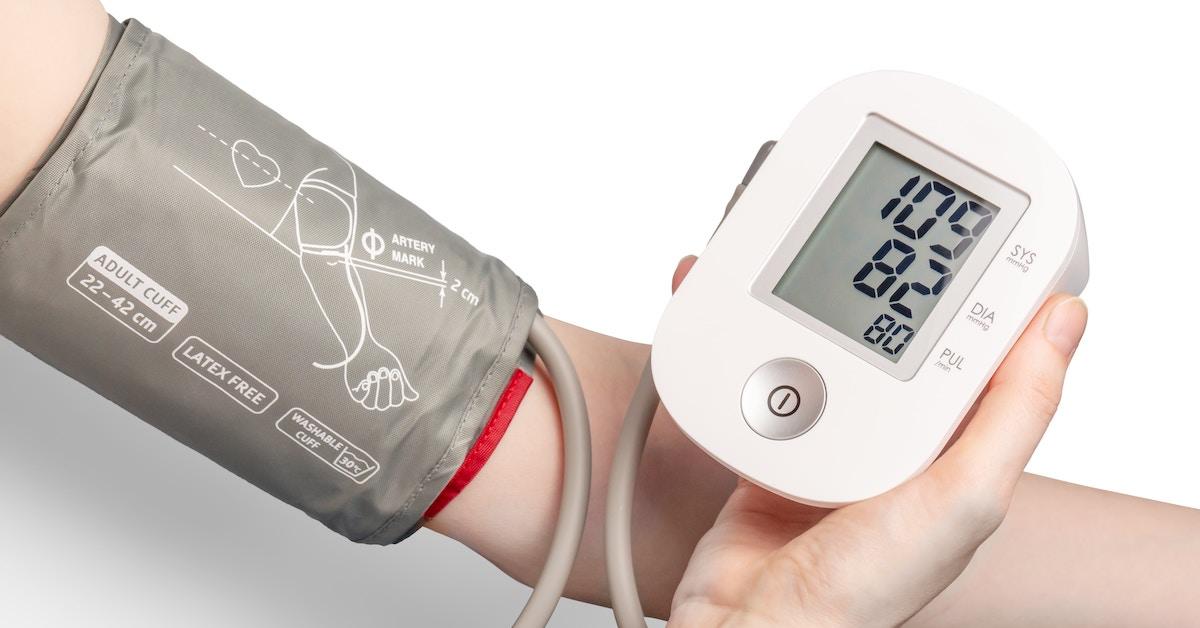
For those with high BP (hypertension) or low BP (hypotension), it’s best to check your blood pressure on a daily basis and report significant changes to your doctor. The normal blood pressure range is usually around 110/70 to 120/80.
Scale
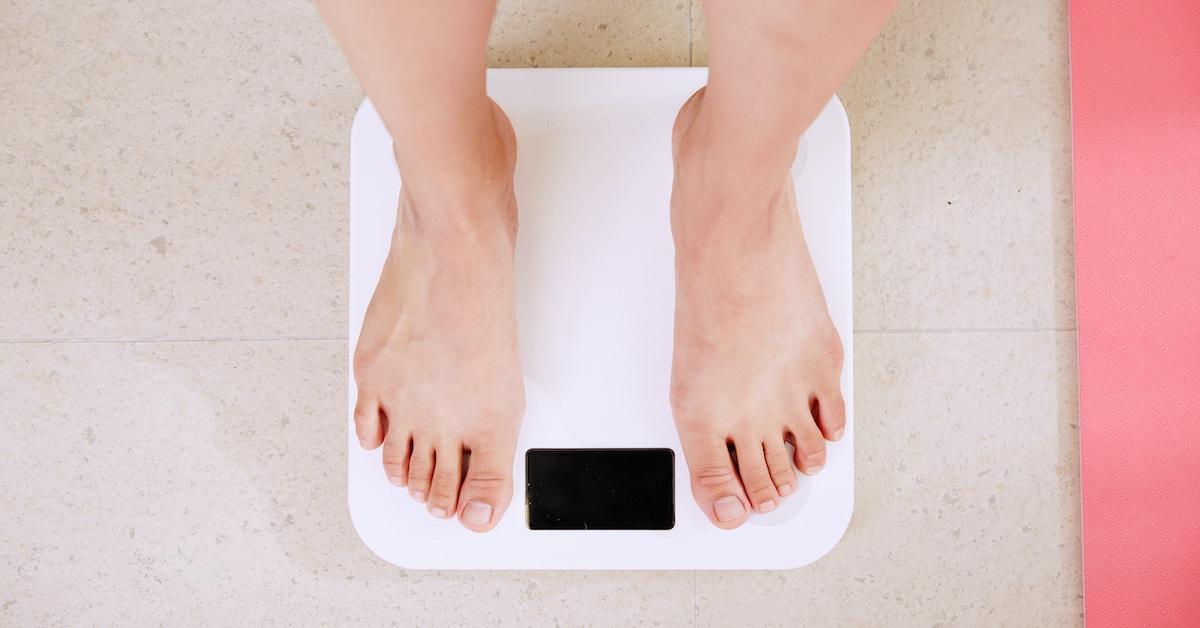
Weight gain that comes with inactivity or age is common and usually occurs gradually, but a sudden change could indicate illness, including fluid retention from either cardiac or kidney disease. Sudden weight loss could also be a sign of an underlying illness. Make sure your bathroom scale is working accurately and report sudden weight changes to your doctor.
Fitness tracker
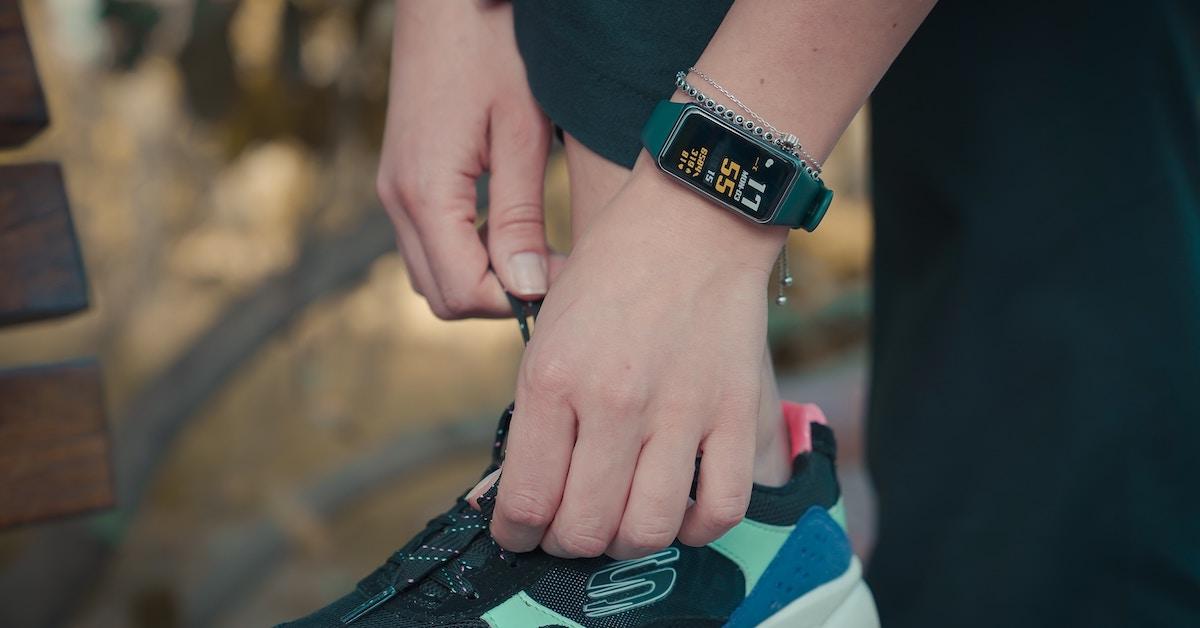
Not only do they count steps, today’s trackers can monitor your sleep and much more. Some devices even measure blood oxygen levels and check heart rhythms with a built-in electrocardiogram.
